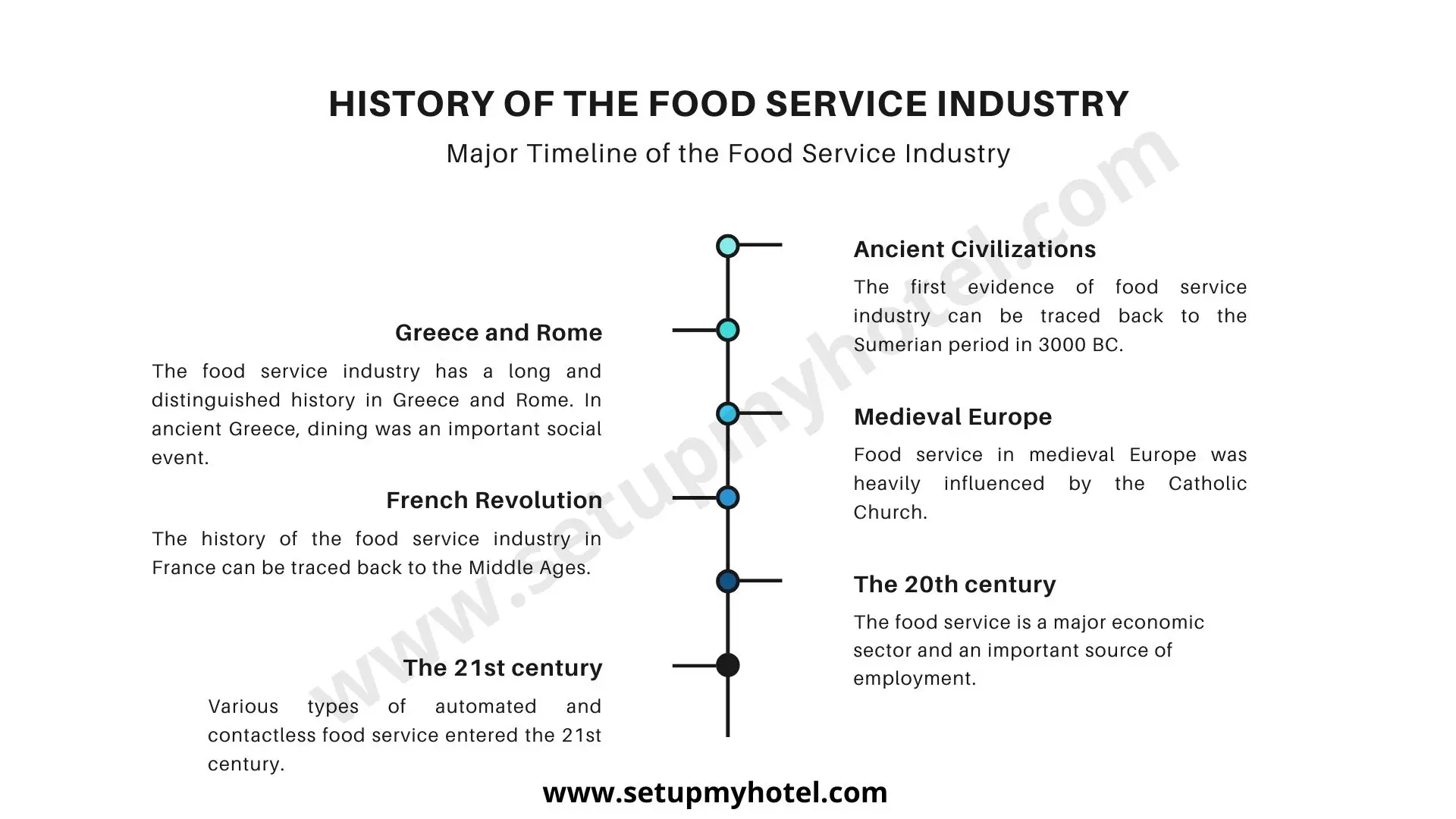Golf Operations Manager Duties And Responsibility

Job Description, Duties, Interview Questions and Salary for Golf Operations Manager As a Golf Operations Manager, you will be responsible ...
Read more
History Of The Food Service Industry [Timeline]

History Of The Food Service Industry The Introduction: One of the most fascinating developments in the history of food service ...
Read more
Types Of Hotels / Classification Of Hotel By Type

Types of Hotels or Classification of hotels by their type Hotels are classified by their type and the services they ...
Read more
Difference Between Hotel and Motel

Difference Between Hotel and Motel (Hotels Vs Motel) Both hotels and motels offer accommodation for travellers, but there are some ...
Read more
Kitchen Organization Chart / F&B Production Organization Chart

Kitchen Organisation Chart / F&B Production Organization Chart The organisation chart of F&B Production department should provide a clear picture of the lines ...
Read more
SOP – Concierge / Travel Desk – Tour Arrangement

Tour Arrangement Procedure For Hotel Guests Purpose of Tour Arrangement SOP: The Front Office / Travel Desk / Concierge team should ...
Read more









